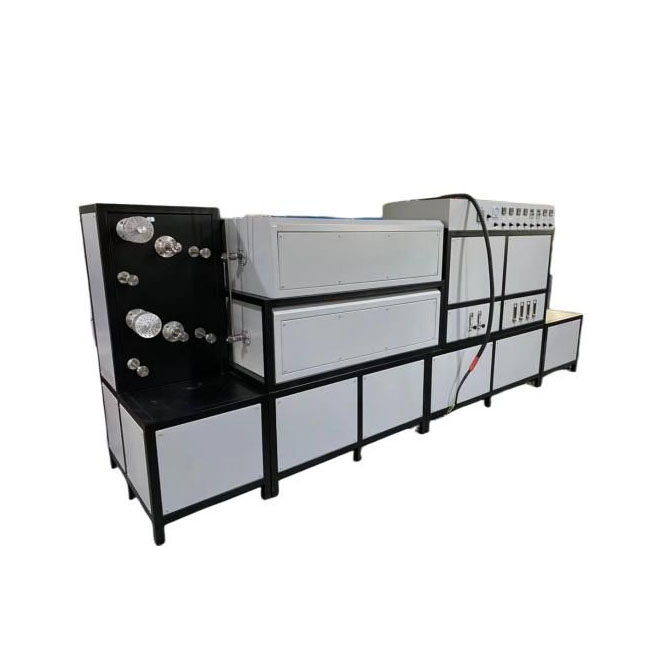
The heating furnaces currently used by metallurgical industrial enterprises can be divided into various types according to different classification methods: from the perspective of heating system, they can be divided into two-stage heating furnaces, three-stage heating furnaces, and five-stage heating furnaces; There are walking heating furnaces, stripping heating furnaces and annular heating furnaces for internal movement; gas-air heating furnaces, heavy oil heating furnaces and electric heating furnaces are classified from the combustion medium.
At present, the heating furnaces used in the steel rolling system of iron and steel enterprises are generally two-stage or three-stage heating furnaces, and the movement form of the billet in the furnace is generally a stepping type or a steel pushing type. The following will briefly introduce these types:
"Two-stage heating furnace" is divided into heating section and preheating section along the length of the road, and can be divided into two parts according to the heating method.
There are two types of furnaces: "single-sided heating" and "double-sided heating". Generally when the thickness of the blank is greater than 100mm
It is double-sided heating. In the heating process of the two-stage heating furnace, in order to ensure the output is usually increased
Furnace temperature setting point in the heating section, which causes a large temperature difference between the surface and center of the billet out of the furnace, which seriously
affect normal rolling. Therefore, the output of the two-stage heating furnace is limited in actual use. "Three-stage heating furnace" is a type of furnace commonly used in the heating furnaces of rolling mills in iron and steel enterprises.
It is divided into a preheating section, a heating section and a soaking section. Compared with a two-stage heating furnace, it adds a soaking section. The furnace temperature in the heating section of this type of heating furnace is generally 50-100°C higher than that of the two-stage type.
The surface temperature of the section billet has reached or exceeded the tapping temperature, and the section temperature of the billet in the soaking section gradually
Uniform, and to some extent eliminate "black mark". The three-stage heating furnace is very beneficial to the production of the rolling mill
increase in volume.
"Walking heating furnace" relies on the sequence and reciprocating motion of the walking beam to make the heated billet go from the end of the furnace to
Move to the discharge end, pass through various heating sections in the middle, and finally the steel billet reaches the specified temperature and comes out of the furnace. Since the billet is heated evenly in the front, rear, top and bottom of the heating furnace, the heating effect is good. add
After heating, the cross-section of the billet is heated evenly, and the surface of the billet does not produce "black marks" or "sticking steel".
The operation is convenient, so most of the movement forms of the steel billet in the heating furnace are "stepping".
⑴ Walking heating furnace Walking heating furnace is a kind of rising,
The actions of advancing, descending and retreating move the billet step by step to the forward continuous heating furnace.
Furnaces are available with a fixed floor and a walking floor, or with a fixed beam and a walking beam. The former is called walking hearth furnace and the latter is called walking beam furnace. The walking beam of a heating furnace for steel rolling usually consists of water-cooled tubes. The walking beam furnace can heat the billet on the upper and lower sides.
"Pushing steel heating furnace" is to push the steel billet into the heating furnace from the end of the furnace with a steel pusher, and the steel billet is pushed into the heating furnace by the thrust.
A heating furnace in which billets move in the furnace. The pusher type heating furnace has the characteristics of tight arrangement of billets in the furnace and high productivity, but it has strict requirements on heating control and high requirements on the experience of operators, and it is prone to "overburning" and "sticking steel" and other phenomena. At present, it has been gradually replaced by "walking" heating furnace in the production of rods and wires